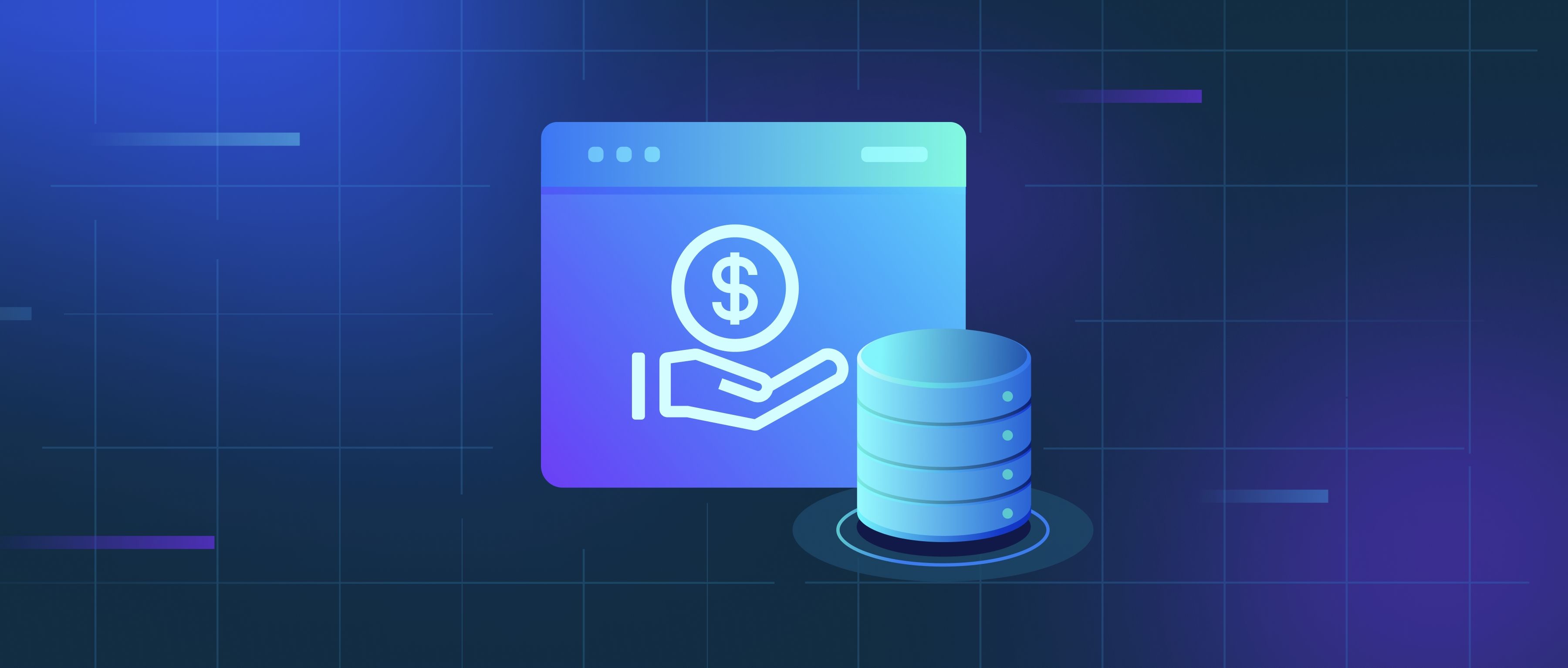To minimize costs when using Amazon Bedrock for high-volume applications, focus on optimizing token usage, efficiently managing requests, and leveraging cost-monitoring tools. Here’s a breakdown of best practices:
1. Optimize Token Usage
Bedrock charges based on input and output tokens processed. Reduce token counts by truncating unnecessary text in prompts, setting max_tokens parameters to limit output length, and using concise language. For example, avoid redundant context in repetitive requests. If your application generates FAQs, cache common responses instead of regenerating them for each request. Additionally, evaluate whether smaller models (like Claude Instant instead of Claude 2) can handle specific tasks adequately, as they cost less per token. For tasks like simple classification, a smaller model might suffice, while reserving larger models for complex tasks.
2. Batch Requests and Use Asynchronous Processing High-volume applications should consolidate multiple small requests into fewer, larger batches. For instance, if processing 1,000 text snippets for sentiment analysis, submit them in batches of 50 instead of individual API calls. This reduces overhead and API request costs. For non-real-time tasks, use asynchronous workflows (e.g., AWS Lambda with SQS queues) to process requests during off-peak hours, when AWS might offer lower rates. Implement retry logic with exponential backoff to avoid redundant charges from failed requests due to throttling or transient errors.
3. Monitor Usage and Select Models Strategically Use Amazon CloudWatch to track token consumption and API call metrics. Set budget alerts to notify your team when usage exceeds thresholds. Tag resources (e.g., by project or team) to allocate costs and identify high-cost areas. Compare pricing across models and regions—for example, the Titan model might be cheaper per token than Jurassic-2 in certain regions. For sustained high usage, inquire about custom pricing agreements with AWS. Periodically review logs to eliminate inefficient patterns, such as redundant API calls or unused features.
By combining these strategies, you can balance performance and cost while scaling Bedrock-based applications.
